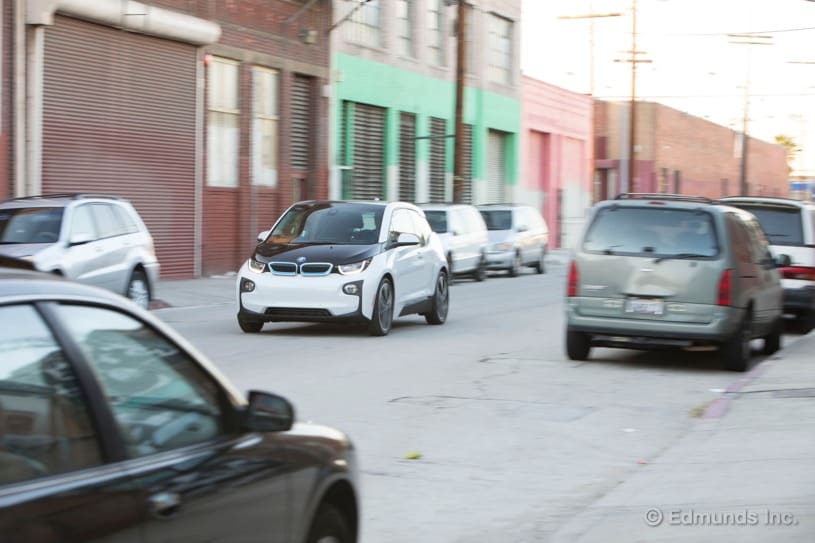Porsche pulls three wild, unreleased concepts out of the bag
In a glimpse of futures that could’ve been, Porsche Design Studio has unveiled three street car concepts that have never before been shown to the public: one Le Mans racer-based hypercar, one open-top sportscar, and one electric riff on the Kombi van.
The process of automotive development is torturously long; by the time a production car is being introduced to the public, chances are the company behind it is already well into the development of its successor. There are many steps in the process, from sketching and clay modeling through engineering, concepts through to production shapes, and while companies frequently show off futuristic concept cars to test the waters of public opinion, it seems there are many that never see the light of day.
Here are three such oddities, released today by Porsche as part of a push for a book, Porsche Unseen, which focuses in on the design side of the business.
The Porsche 919 Street

Porsche
Porsche’s 919 was a phenomenally successful Le Mans LMP1 endurance racer between 2014 and 2017, coming third in its first manufacturer’s championship and then running away with the next three before being discontinued as Porsche went to focus on Formula E instead. Its 2-liter turbo V4 sent a peak of about 500 horses to the rear wheels, and this was augmented with an energy-recovery hybrid electric system driving the front wheels that could boost power over 1000 horses for short bursts.
Its success in the World Endurance Driver’s Championship drove Porsche to investigate whether this race-bred monster could be turned into a road-going hypercar. The result: the 919 Street concept.
The look of this thing translates beautifully; its stretched-out wheel arches, bubble cabin, razor-sharp aeros, outrageous vertical fins and slash-cut taillight design would look right at home pulling up out the front of a casino in Monaco. Unfortunately, its race-bred powertrain proved too complex and highly-strung for the quotidian vicissitudes of life on the public roads, so Porsche knocked it on the head and moved on.
The Porsche Vision Spyder

Porsche
The roofless Vision Spyder was an attempt to marry a modern design aesthetic with the spirit of the Porsche 550 of the 1950s – indeed, the very “Little Bastard” that James Dean drove through the Pearly Gates in 1955.
Well kept 550s frequently go deep into seven-figure territory at auctions – the combination of a lightweight chassis, mid-mounted engine and those famous curves with implied fins at the back, unencumbered by a bulky roof, screamed “wild and free” and made it an instant classic.
The Vision Spyder goes out of its way to pay its respects, with a similarly low and flat shoulder, the sloping hood, the bifurcated engine vents behind the cabin and a more angular take on the voluptuous fin bulges on the 550. It takes things into the modern age with its highly technical underbody aeros, detailed roll-bar, hood and hip vents and straight, vertical headlights.
And of course there are big nods to the Rebel without a Cause. James Dean’s 550 had a big number 130 on the back – Vision Spyder is numbered 131. The show plates read “Little Rebel,” and while Dean’s car had red racing stripes leading up from the taillights over those rear fins, Vision Spyder puts this concept in negative and takes its red stripes from the hip vents forward. It all works.
Though it was built just as a design study, it’s a bit of a stunner.
The Porsche Vision Renndienst

Porsche
“Renndienst” is one of those famous German concatenations meaning “race service,” or something similar, and this weird, blimpy, tiny electric van is some sort of futuristic, vaguely sporty reference to Porsche’s relationship with Volkswagen and its famous Kombi van.
The racy bits can be seen in the slim, bubble-shaped cabin, which looks like it could drop down just about seamlessly into a 919-style hypercar, as well as exaggerated wheel arches and side windows that taper off at outrageous angles to completely obscure the view from the back seats.
Speaking of seats, the cabin layout features a single, central front driver’s seat with two passenger seats behind and out to the side, much like the McLaren Speedtail or Gordon Murray T.50 supercars.
This one might be the most practical of the three, but it’s also the most … aesthetically challenging. It’s really a chance for the design team to play with a new visual vocabulary for the brand’s electric future. Hence the liquid-smooth front, the slashed-in headlights, the largely single-surface body shape. We wouldn’t expect to see this kind of thing make it through toward production.
These three cars, as well as twelve others, are detailed in the Porsche Unseen book available from today through Delius Klasing publishing. A selection of these Unseen cars will be presented in the Porsche Museum in Stuttgart next year.
Lots more photos in the gallery, enjoy!
Source: Porsche








